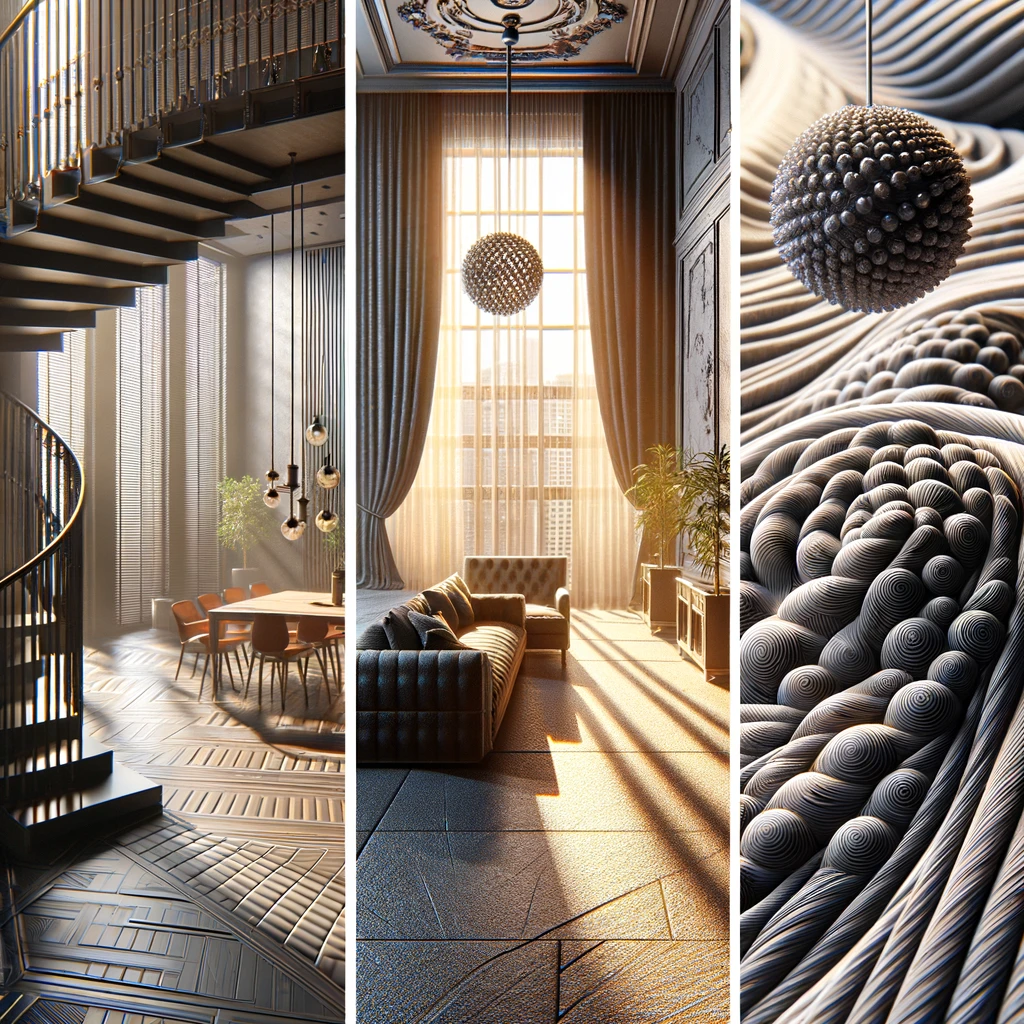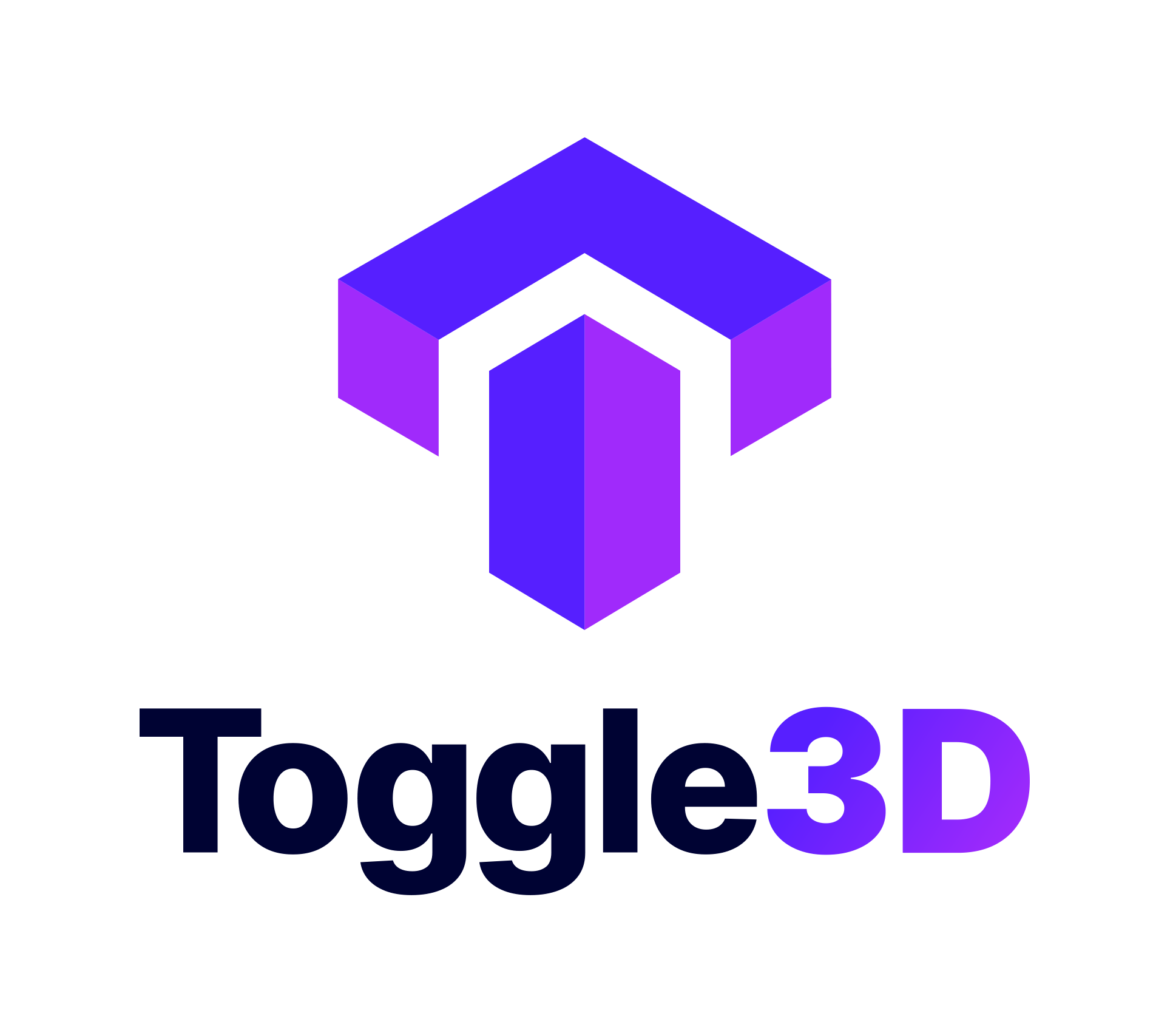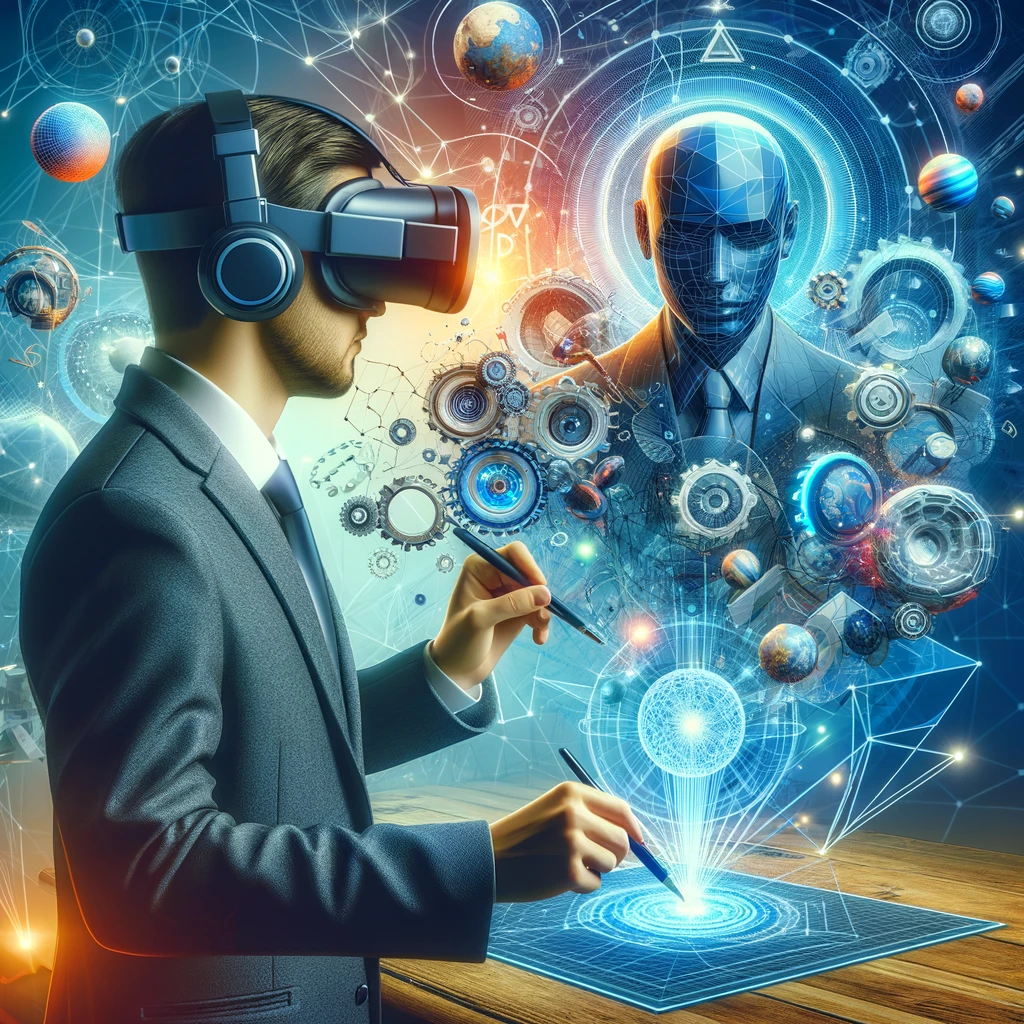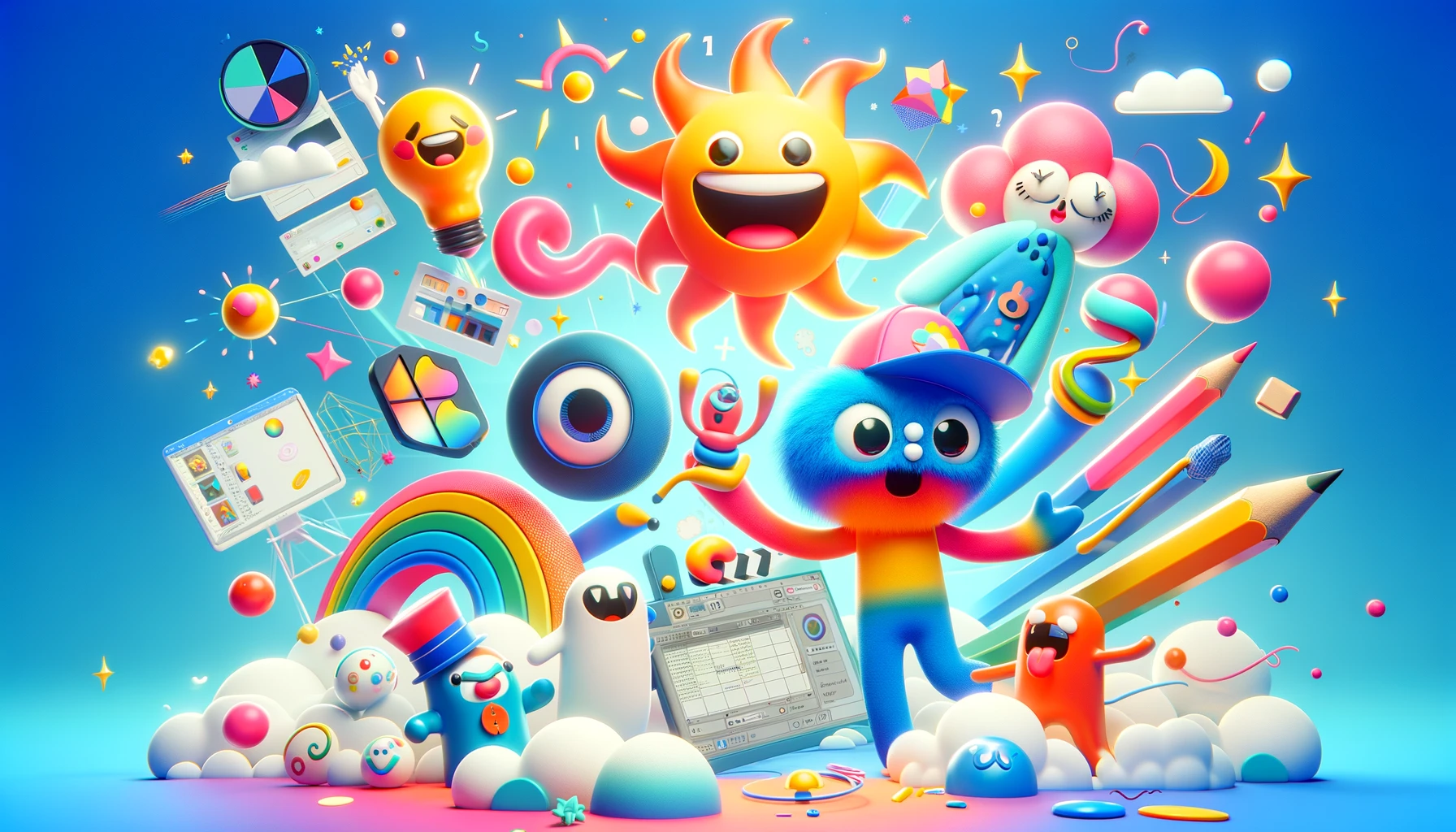The quest for photorealism in 3D design is a journey toward creating models and environments that are indistinguishable from real life. This pursuit challenges artists and designers to master techniques that breathe life into their creations, from the subtle play of light and shadow to the intricate details of textures and materials. The goal is to deceive the senses, making the viewer question what is real and what is digitally conceived.
One of the foundational elements in achieving photorealism is understanding and replicating natural lighting. The way light interacts with objects in the real world is complex. In the realm of 3D design, mastering this interaction requires a deep understanding of light physics and the ability to use lighting effectively in your 3D software. Techniques such as High Dynamic Range Imaging (HDRI) for dynamic lighting and global illumination can help simulate realistic lighting conditions.
Textures play a crucial role in adding realism to a 3D model. They provide essential details that make materials look genuine, from the roughness of a wooden table to the smoothness of a marble countertop. By using high-quality textures and employing techniques like bump mapping and displacement mapping, designers can add depth and authenticity to their models.
Moreover, realism in 3D is not just about visuals; it's about creating a believable environment that reacts as it would in the real world. This means incorporating elements like reflections, refractions, and shadows in a way that mimics reality. Advanced rendering techniques such as ray tracing can be instrumental in achieving these effects, though they require significant computational power.
The complexity and computing power needed to achieve photorealism in 3D designs have been a challenge for many designers. However, with platforms like Artize3D, a division of Nextech3D.ai, this process becomes more accessible. Artize3D offers tools that streamline the creation of photorealistic images, allowing designers to produce lifelike 3D representations with ease. The platform simplifies complex processes, enabling artists to focus on the creative aspects of their work without getting bogged down by technical hurdles.
Artize3D leverages cutting-edge technology to provide solutions that cater to various industries, from retail to real estate, enhancing the way products and spaces are presented and experienced. By utilizing Artize3D, designers can not only achieve impressive photorealistic results but also save time and resources in the process.
In conclusion, achieving photorealism in 3D is a meticulous process that requires a keen eye for detail and a deep understanding of the physical world. By mastering lighting, textures, and advanced rendering techniques, and utilizing innovative platforms like Artize3D, designers can create compelling, lifelike models that push the boundaries of digital art and design.
Photorealism in 3D: Techniques for Achieving Lifelike Results
By Toggle3D.ai on Mar 11, 2024 4:16:25 PM
2 min read





